Back in the real world, I have chosen the RCA Junior ribbon for November's Mic of the Month. This is because they seem popular at the moment, and we've seen four at the workshop for service or repair. The fun thing about this family of microphones is that they vary somewhat in construction, so it is possible to compare and contrast versions from different eras. They tend to be a bit more affordable than the bigger RCA 44 and 77 mics, but still have a good tone that is very usable in a modern studio, especially if the ribbon is in good condition and the transformer is healthy and wired correctly.
The 'Junior' was created as a budget version of the RCA44, with a similar motor assembly but smaller magnets and housing. The most commonly seen models are the 'black badge' and 'red badge' versions, and these are actually quite different inside - the black badge model has a 3.0 mm x 55 mm ribbon, whilst the red badge version I examined has a wider, 4.5 mm ribbon and a stronger magnetic field.
The output transformers on these microphones can be set for 50 Ohm, 250 Ohm or 10KOhm output impedance, and it is worth checking that the mic is wired correctly to get the best performance with modern studio equipment. Normally that will be the 250 ohm setting.
The earliest and rarest version, the MI-4010-A, is shown on the right in the picture below. It is slightly larger than the later versions, with a different ribbon assembly which has horseshoe style magnets around the back of the ribbon. The magnetic field in this example is weaker, and the output lower than the more modern versions, although the tone with a new 1.8 micrometer ribbon is very pleasing.
Finally, some RCA mics were actually made in Europe, and it would seem that some appear under different names. The microphone on the left is badged as 'Magneti Marelli, Milano, Italy' but is almost identical to the black badge RCA 74b. The only difference is that the Magneti has an alternative transformer, but still with high and low impedance options. The sound is every bit as good.

We'd love to hear from anyone who knows more about the Magneti Marelli microphones and their relationship with RCA.
(Thanks to Jules at DADA Studios in Belgium and Jørn Christensen at Rodeløkka Studio in Norway.)






No comments:
Post a Comment
Post a comment!
Note: only a member of this blog may post a comment.